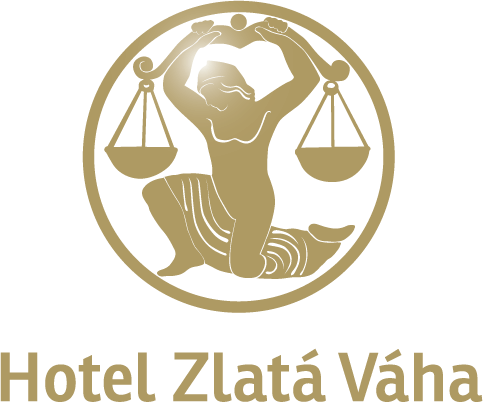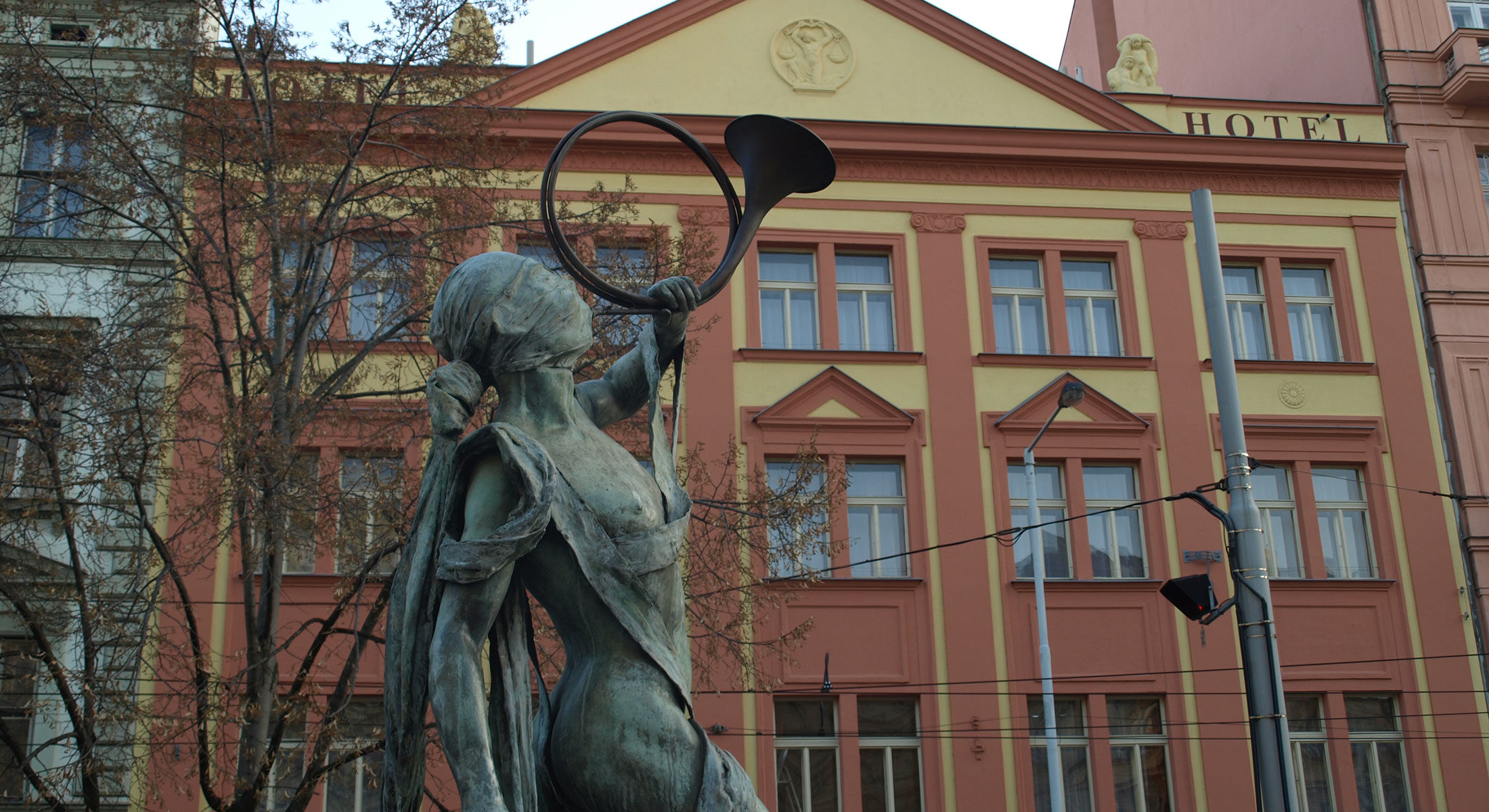History
History of the square Senovážné náměstí goes back to the year 1348, when it was founded in a hamlet called Chudobice as the main square of Nové Město (New town) where hay and cereaůs were being sold. On the square, then a market, was also a hay scale, that’s how the name was created (in Czech, hay = seno, scale = váha; Seno – vážné). The name of the square was changed multiple times over the years. From 1896 it was called Havlíček square, Soukup square, Maxim Goethé square and its original name returned no sooner than in 1990.
The owner of the house and his 2 significant sons.
The house on Senovážné náměstí, 981 was purchased by Václav Špott, a storeman who worked on the Fruit market, for 17 000 gold. The then house, owned by Špott was called “U Zlaté Váhy” (“At the Golden Scale”). It had one floor, it was spacious, it had a large garden and there was free space around the house.
In the house, 2 sons were born to Václav Špott, Karel (1811) and Jan (1813). Both of them were doctors, who were interested in natural therapy and hydrotherapy. Jan was an associate professor at orthopaedics and hydrotherapy at the Charles university and a pioneer of hydrotherapy. Karel founded a somewhat water spa in Panská Týnice, where he worked as a district physician and he was also an expert at veterinary medicine.



